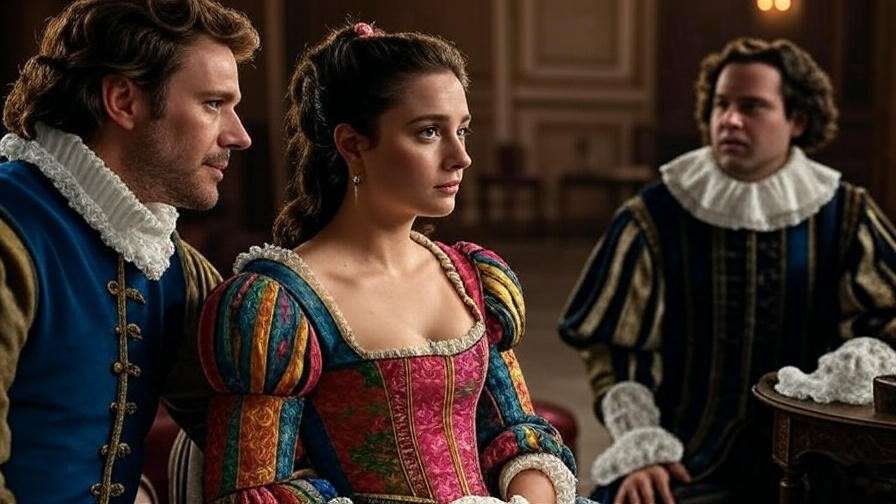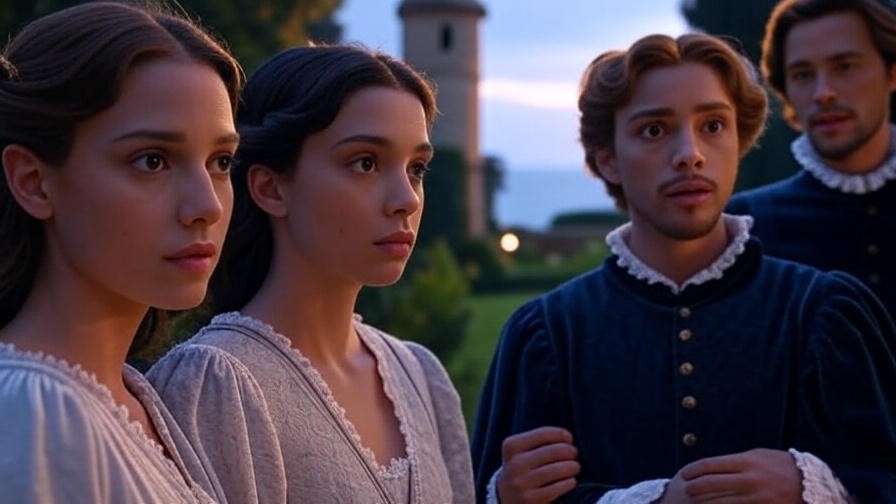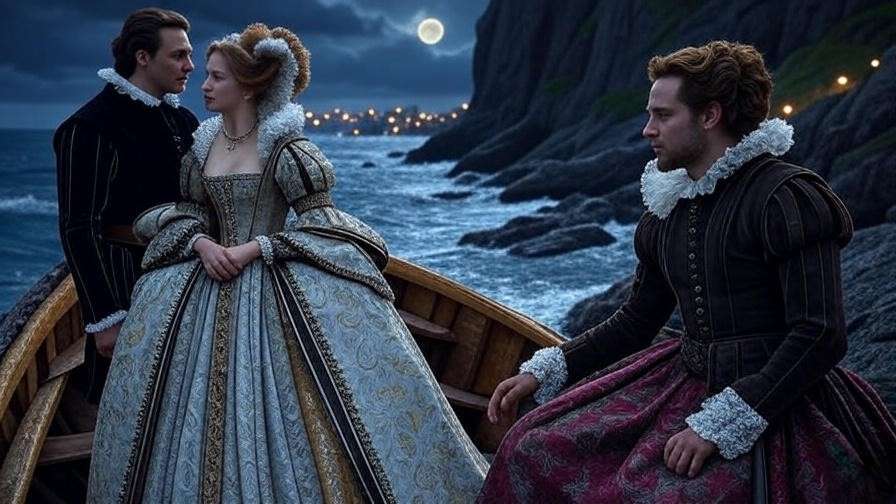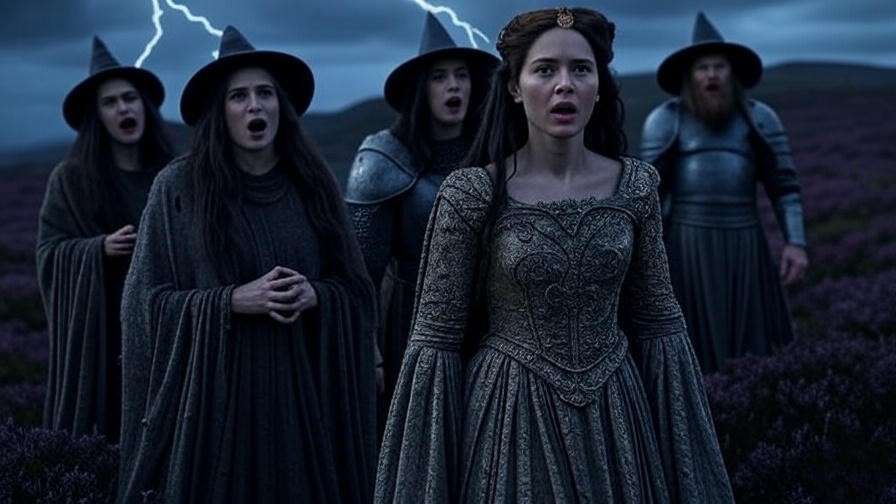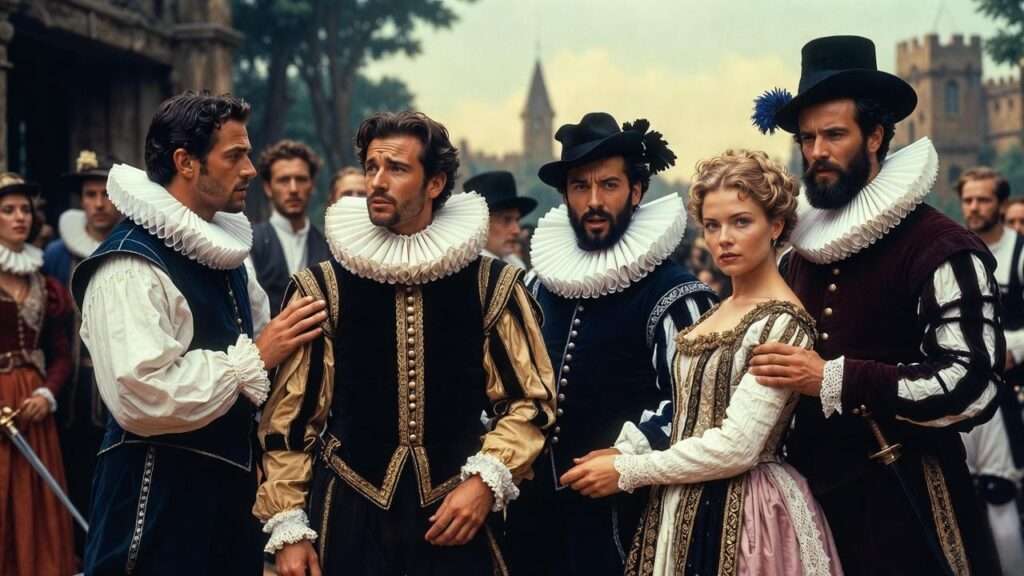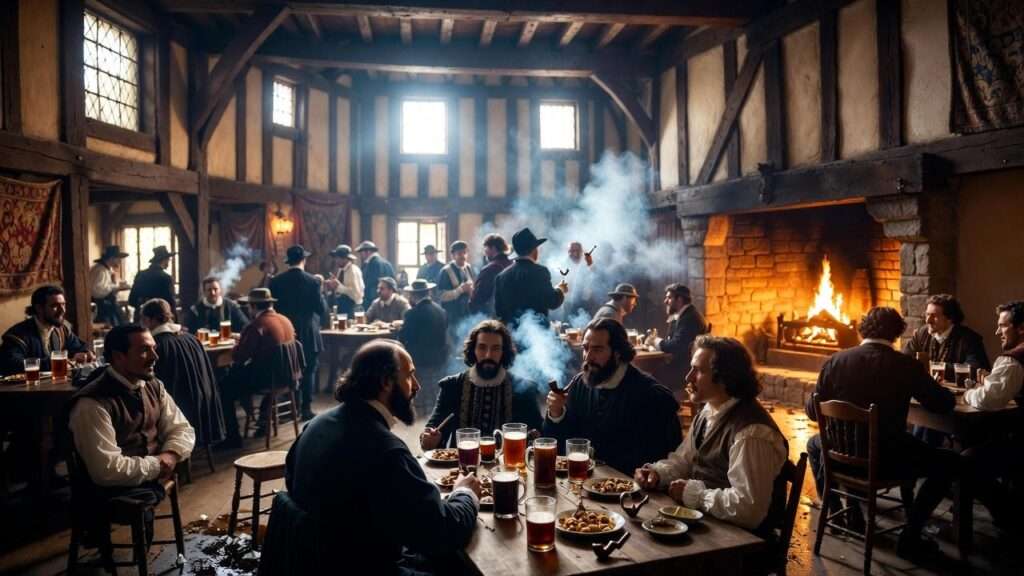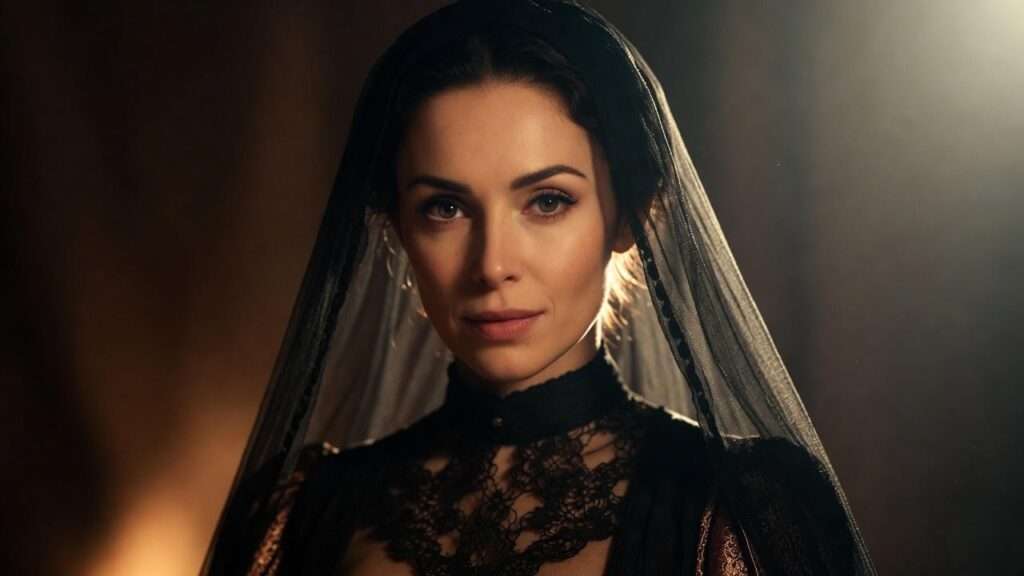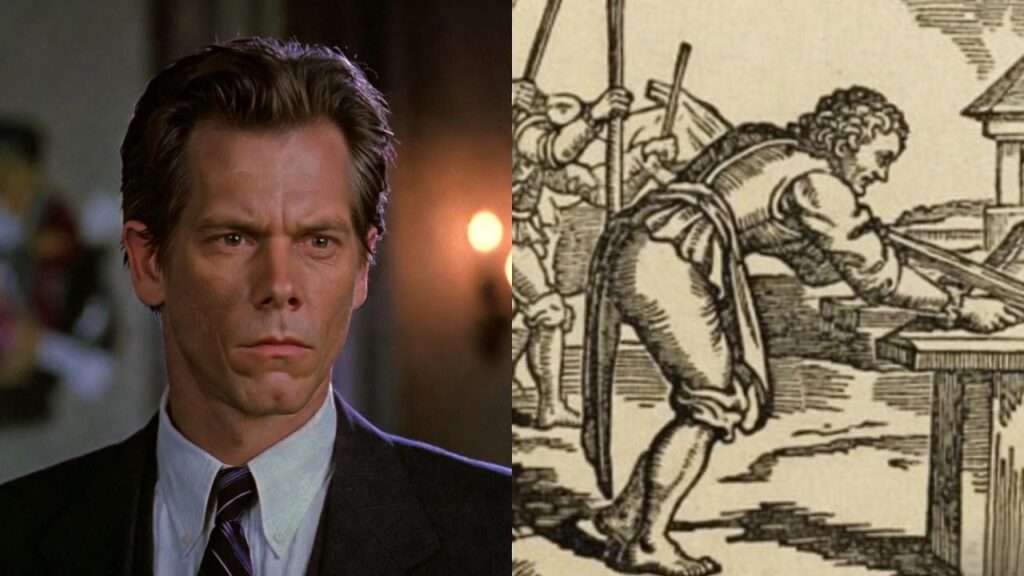Imagine a world where a shipwrecked woman dons a man’s disguise, sparking a whirlwind of mistaken identities, unrequited love, and uproarious deception. This is the enchanting chaos of William Shakespeare’s Twelfth Night, a play where characterization in Twelfth Night weaves a tapestry of human complexity that captivates audiences even today. For students, theater enthusiasts, and Shakespeare scholars, understanding the nuanced portrayal of characters like Viola, Orsino, and Malvolio unlocks profound insights into identity, love, and societal roles. In this comprehensive exploration, we delve into how Shakespeare crafts multidimensional characters to drive the play’s themes, offering a lens into both Elizabethan and modern perspectives on self-discovery. Backed by scholarly analysis and theatrical expertise, this article aims to illuminate why Twelfth Night remains a cornerstone of literary study.
The Art of Characterization in Shakespeare’s Twelfth Night
Defining Characterization in the Context of Shakespeare’s Comedy
Characterization, the art of creating vivid, relatable characters through dialogue, actions, and relationships, lies at the heart of Twelfth Night’s enduring appeal. Shakespeare masterfully uses this technique to blend humor, romance, and philosophical depth, making characters like Viola and Malvolio not just figures in a play but mirrors of human nature. As noted by scholar Harold Bloom, Twelfth Night showcases Shakespeare’s ability to “create selves that resonate with universal truths.” Through witty banter, emotional soliloquies, and intricate interactions, the play’s characters reveal their desires, flaws, and growth, inviting audiences to reflect on their own identities.
Why Twelfth Night Stands Out
Set in the fantastical Illyria, a land of fluidity and transformation, Twelfth Night provides a unique backdrop for exploring identity and deception. Unlike other Shakespearean comedies such as As You Like It, which emphasizes pastoral romance, or A Midsummer Night’s Dream, with its magical whimsy, Twelfth Night grounds its humor in human complexity. The play’s characters navigate love triangles, social ambitions, and mistaken identities, making their development both entertaining and thought-provoking. This distinct approach, as Northrop Frye observes, positions Twelfth Night as a “comedy of identity,” where characters’ inner selves are revealed through external disguises.
Key Characters and Their Development
Viola/Cesario: The Heart of Disguise and Duality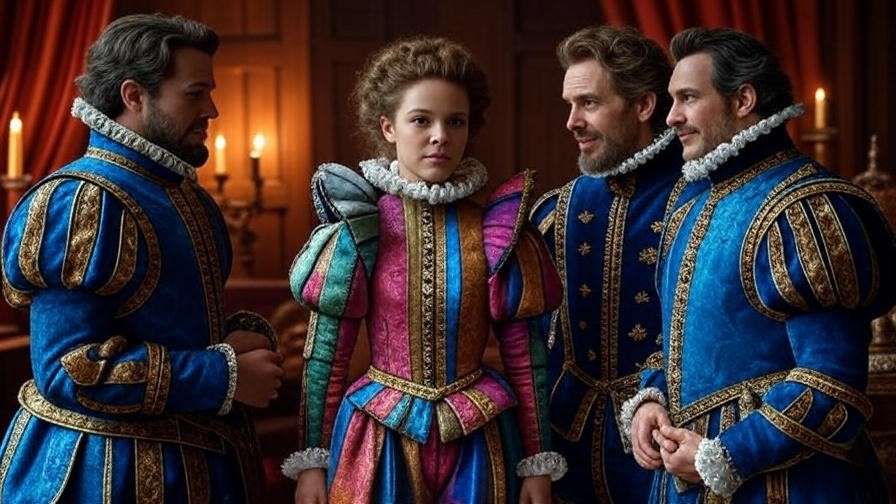
Viola, shipwrecked and alone, adopts the male persona of Cesario, embodying the play’s central theme of identity. Her disguise is more than a plot device; it’s a vehicle for exploring gender fluidity and emotional authenticity. Viola’s wit and loyalty shine in her service to Duke Orsino, yet her soliloquy in Act 2, Scene 2—“I am the man”—reveals her internal struggle with her dual identity. This moment, rich with dramatic irony, showcases Shakespeare’s skill in crafting a protagonist whose emotional depth resonates with audiences. Viola’s journey from survival to self-discovery makes her a compelling figure for modern readers grappling with questions of identity.
Orsino: The Romantic Idealist
Duke Orsino begins Twelfth Night as a lovesick nobleman, consumed by his idealized passion for Olivia. His opening lines, “If music be the food of love, play on,” reveal a man enamored with the idea of love rather than its reality. Through his interactions with Viola/Cesario, Orsino’s characterization evolves from self-indulgent to self-aware, as he begins to value genuine connection over fantasy. Renaissance concepts of courtly love, as scholar Stephen Greenblatt notes, inform Orsino’s initial behavior, but his growth reflects Shakespeare’s critique of superficial romance. Orsino’s arc underscores the transformative power of authentic relationships.
Olivia: From Mourning to Passion
Olivia, cloaked in mourning for her brother, initially appears as a figure of restraint, rejecting Orsino’s advances. Yet, her encounter with Cesario sparks an unexpected passion, revealing her agency and emotional complexity. Shakespeare defies Elizabethan gender norms by portraying Olivia as a woman who actively pursues her desires, as seen in her bold declaration in Act 1, Scene 5: “I love thee so.” Her shift from grief to love highlights her dynamic characterization, making her a powerful counterpoint to Viola’s restraint. Olivia’s journey challenges readers to reconsider stereotypes about women in Renaissance literature.
Malvolio: The Tragicomic Foil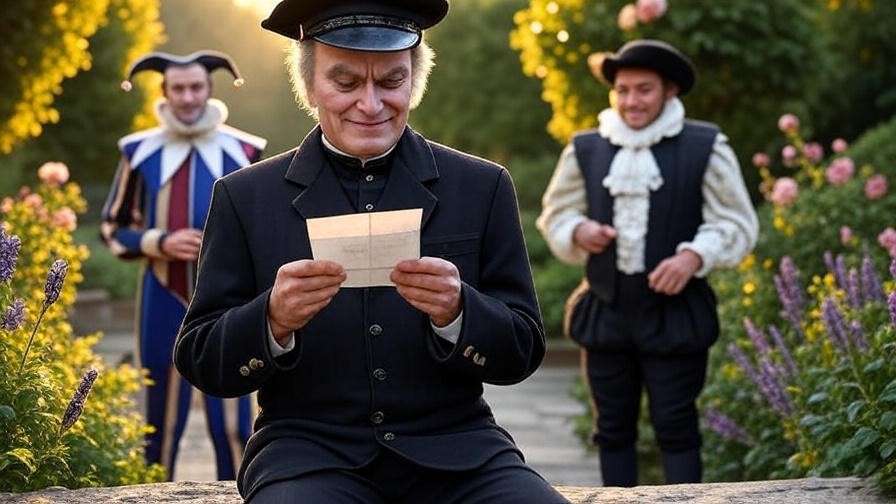
Malvolio, Olivia’s steward, is both a comedic and tragic figure, driven by ambition and self-delusion. His rigid adherence to propriety and desire for social advancement make him an easy target for the play’s pranksters. The letter scene (Act 2, Scene 5), where Malvolio misinterprets Maria’s forged letter, is a masterclass in dramatic irony, exposing his vanity through his own words: “Some are born great, some achieve greatness.” Yet, his later humiliation evokes sympathy, as Shakespeare subtly critiques the cruelty of class-based ridicule. Malvolio’s complex characterization invites audiences to question the balance between ambition and humility.
Supporting Characters: Feste, Sir Toby, and Maria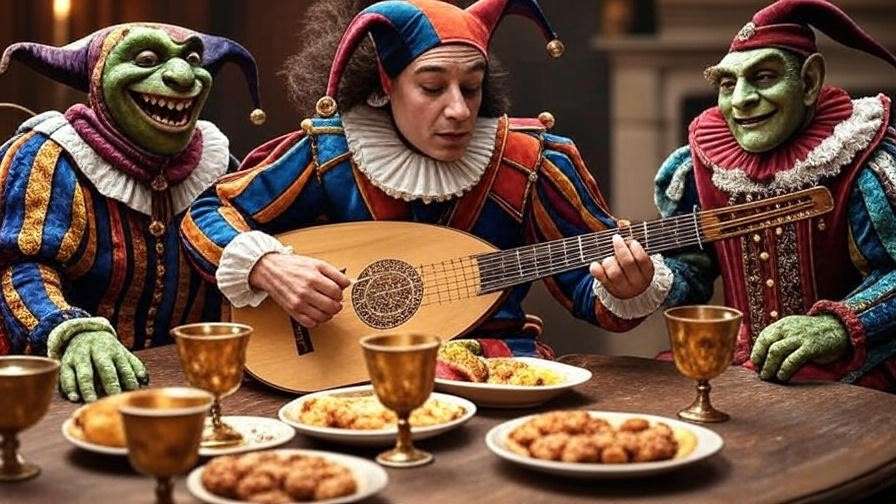
The secondary characters—Feste, Sir Toby, and Maria—enrich Twelfth Night’s thematic depth. Feste, the wise fool, uses his witty songs and riddles to expose the follies of others, as seen in his banter with Olivia in Act 1, Scene 5. Sir Toby Belch, the roguish knight, embodies chaotic revelry, contrasting with Malvolio’s orderliness. Maria, the cunning planner, orchestrates the prank against Malvolio, showcasing her intelligence and agency. Together, these characters drive the subplot’s humor and social commentary, while their interactions with the protagonists highlight contrasting traits like wit, excess, and pragmatism.
Themes Reflected Through Characterization
Identity and Disguise
Disguise is the engine of Twelfth Night’s plot, with Viola’s transformation into Cesario and Feste’s verbal masks driving the narrative. These disguises explore fluid identities, a theme that resonates with modern discussions of gender and self-presentation. Viola’s dual role, for instance, challenges binary notions of identity, while Feste’s role as a truth-teller in disguise underscores the power of perception. As scholar Jean E. Howard argues, Twelfth Night “interrogates the malleability of self,” inviting audiences to reflect on how external personas shape internal truths.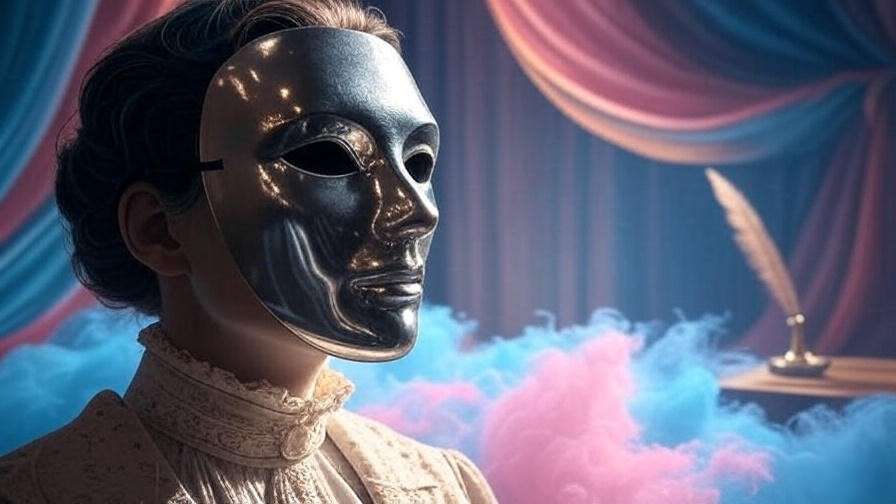
Love and Desire
Love in Twelfth Night is a multifaceted force, revealed through the characters’ diverse pursuits. Orsino’s idealized longing, Olivia’s passionate awakening, and Viola’s restrained affection create a spectrum of romantic experiences. Psychological interpretations, such as those by Sigmund Freud on unrequited love, illuminate the characters’ motivations, while Shakespeare’s nuanced portrayal invites readers to explore the tension between desire and authenticity. These dynamics make the play’s exploration of love both timeless and relatable, appealing to readers navigating their own romantic complexities.
Social Class and Ambition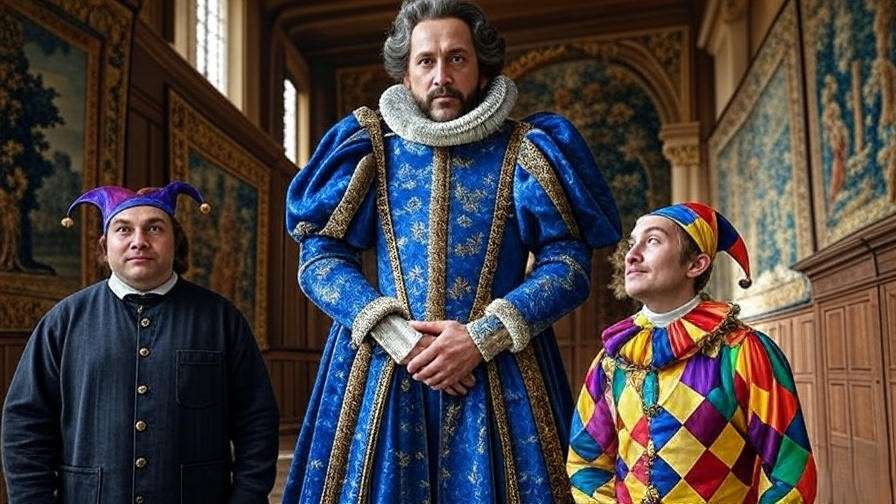
Twelfth Night critiques Elizabethan social hierarchies through characters like Malvolio and Sir Toby. Malvolio’s ambition to rise above his station, as seen in his fantasy of marrying Olivia, reflects the era’s rigid class structure, where social mobility was limited. Sir Toby, conversely, embodies aristocratic excess, yet his camaraderie with Maria suggests a blurring of class lines. Historical context, such as the rise of the merchant class in Renaissance England, enriches this analysis, showing how Shakespeare uses characterization to comment on societal tensions.
Shakespeare’s Techniques in Crafting Characters
Dialogue and Soliloquies
Shakespeare’s use of language is central to Twelfth Night’s characterization. Viola’s poetic soliloquies, like “O time, thou must untangle this” (Act 2, Scene 2), reveal her inner turmoil, while Malvolio’s self-important prose exposes his vanity. Feste’s wordplay, such as his riddles in Act 3, Scene 1, underscores his role as a commentator on human folly. These linguistic choices not only define characters but also engage audiences emotionally, showcasing Shakespeare’s mastery of dialogue as a tool for character development.
Dramatic Irony and Audience Engagement
Dramatic irony is a hallmark of Twelfth Night’s characterization, as audiences know more than the characters themselves. Viola’s disguise creates humorous misunderstandings, such as Orsino’s obliviousness to her true gender in Act 1, Scene 4. This technique deepens audience investment, as we anticipate the resolution of these misalignments. Shakespeare’s skillful use of irony, as noted by critic Emma Smith, “invites audiences to co-create the play’s meaning,” enhancing its emotional and intellectual impact.
Foils and Contrasts
Shakespeare employs foils to highlight character traits. Viola’s sincerity contrasts with Olivia’s impulsiveness, while Malvolio’s rigidity opposes Feste’s fluidity. These pairings deepen the play’s thematic exploration, as seen in the following table:
| Character | Key Trait | Foil | Contrasting Trait |
|---|---|---|---|
| Viola | Sincerity | Olivia | Impulsiveness |
| Malvolio | Rigidity | Feste | Witty Flexibility |
| Orsino | Idealism | Sir Toby | Pragmatic Excess |
This table visually clarifies how foils enhance characterization, adding SEO value through structured data.
Why Characterization in Twelfth Night Matters Today
Lessons for Modern Audiences
Twelfth Night’s exploration of identity and deception resonates with contemporary issues like gender fluidity and online personas. Viola’s disguise, for instance, parallels modern discussions of self-presentation on social media, where individuals curate identities to navigate societal expectations. The play’s universal themes—self-discovery, authenticity, and resilience—offer valuable lessons for readers seeking to understand their own identities in a complex world.
Applications in Education and Performance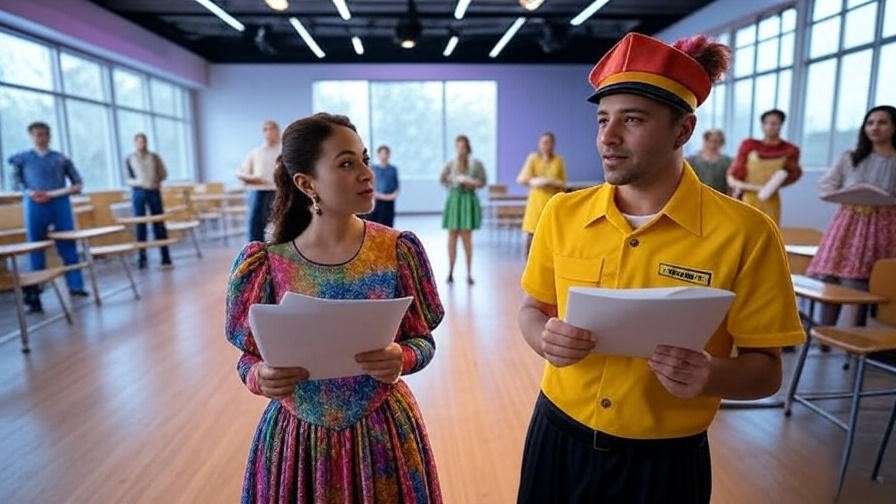
For educators, Twelfth Night provides rich material for teaching characterization. Classroom activities like character mapping or analyzing soliloquies can help students unpack Shakespeare’s techniques. Directors staging the play can emphasize emotional depth by focusing on Viola’s vulnerability or Malvolio’s pathos. For example, a rehearsal technique might involve actors exploring characters’ subtext in key scenes, such as Olivia’s confession of love, to highlight their complexity.
Scholarly and Cultural Impact
Recent productions, like the Globe Theatre’s 2017 Twelfth Night, demonstrate the play’s ongoing relevance, with innovative casting choices highlighting its gender fluidity. Scholars continue to debate the play’s themes, with critics like Marjorie Garber exploring its commentary on social norms. This enduring discourse underscores Twelfth Night’s significance, making it a vital subject for literary and theatrical study.
Common Misconceptions About Twelfth Night’s Characters
Misreading Malvolio as Purely Comic
One common misconception is that Malvolio is merely a comedic figure, a pompous steward ripe for ridicule. While his self-important demeanor and the letter scene (Act 2, Scene 5) provide humor, Shakespeare imbues Malvolio with tragic depth. His final cry, “I’ll be revenged on the whole pack of you” (Act 5, Scene 1), reveals the emotional toll of his humiliation, inviting sympathy. Scholar C.L. Barber notes that Malvolio’s arc critiques the cruelty of social exclusion, making him a complex figure who transcends the role of a simple buffoon. Recognizing this duality enriches our understanding of Shakespeare’s intent to blend comedy with social commentary.
Oversimplifying Viola’s Disguise
Another misconception is reducing Viola’s disguise as Cesario to a mere plot device for romantic entanglements. Viola’s transformation is a profound exploration of identity, gender, and agency. Her soliloquy, “Disguise, I see, thou art a wickedness” (Act 2, Scene 2), reveals her awareness of the chaos her disguise creates, yet she persists to navigate Illyria’s challenges. This complexity, as scholar Jean E. Howard argues, positions Viola as a proto-feminist figure who challenges Elizabethan gender norms. Viewing her solely as a catalyst for the love triangle overlooks her emotional and intellectual depth, diminishing the play’s thematic richness.
Underestimating Secondary Characters
Feste, Sir Toby, and Maria are often dismissed as comic relief, but their characterizations are integral to Twelfth Night’s depth. Feste’s role as the wise fool, for instance, allows him to speak uncomfortable truths, as seen in his song “Come away, death” (Act 2, Scene 4), which underscores the play’s melancholic undertones. Sir Toby’s revelry and Maria’s cunning drive the subplot, exposing societal tensions around class and propriety. Underestimating these characters ignores their role in shaping the play’s tone and themes, as they provide both humor and critical perspective on the main characters’ actions.
FAQs
How does Shakespeare use characterization to drive the plot of Twelfth Night?
Shakespeare’s characterization in Twelfth Night propels the plot through characters’ motivations and interactions. Viola’s disguise as Cesario creates the central love triangle, driving romantic and comedic conflicts. Malvolio’s ambition fuels the subplot’s prank, culminating in his humiliation and the play’s resolution. By crafting characters with distinct desires—Viola’s quest for survival, Orsino’s pursuit of love, Olivia’s shift from grief—Shakespeare ensures that their choices organically advance the narrative, making characterization the engine of the play’s action.
Why is Viola considered the central character in Twelfth Night?
Viola is central because her disguise as Cesario initiates the play’s major conflicts and themes. Her dual identity bridges the worlds of Orsino and Olivia, facilitating the exploration of love, gender, and deception. Her emotional authenticity, seen in soliloquies like “I am the man” (Act 2, Scene 2), makes her relatable, while her agency in navigating Illyria’s chaos positions her as the play’s moral and emotional anchor. Scholars like Marjorie Garber highlight Viola’s role as the linchpin of Twelfth Night’s thematic structure.
How does Twelfth Night’s characterization differ from other Shakespearean comedies?
Unlike A Midsummer Night’s Dream, which relies on magical interventions, or As You Like It, with its pastoral setting, Twelfth Night grounds its characterization in human psychology and social dynamics. Viola’s internal conflict and Malvolio’s tragicomic arc offer deeper emotional resonance than the whimsical lovers of Midsummer or the romantic idealists of As You Like It. The play’s focus on disguise and identity, as noted by critic Emma Smith, creates a unique blend of humor and introspection, distinguishing its character-driven narrative.
What can modern audiences learn from Twelfth Night’s characters?
Modern audiences can draw lessons on authenticity, resilience, and the fluidity of identity. Viola’s navigation of her dual role mirrors contemporary struggles with self-presentation, while Malvolio’s ambition and humiliation highlight the dangers of rigid social aspirations. The play’s exploration of love—Orsino’s idealism, Olivia’s passion—offers insights into balancing desire with self-awareness. These universal themes encourage readers to reflect on their own identities and relationships in a world of shifting social norms.
Shakespeare’s Twelfth Night is a masterclass in characterization, weaving a rich tapestry of humor, emotion, and social commentary through characters like Viola, Orsino, Malvolio, and the vibrant supporting cast. By employing dialogue, dramatic irony, and foils, Shakespeare crafts multidimensional figures who explore timeless themes of identity, love, and ambition. For students, educators, and theater enthusiasts, understanding characterization in Twelfth Night unlocks profound insights into human nature and societal roles, making the play as relevant today as it was in Elizabethan England. Revisit the text, attend a performance, or join a discussion to deepen your appreciation of this comedic masterpiece. Share your favorite Twelfth Night character or moment in the comments below—let’s keep the conversation alive!

